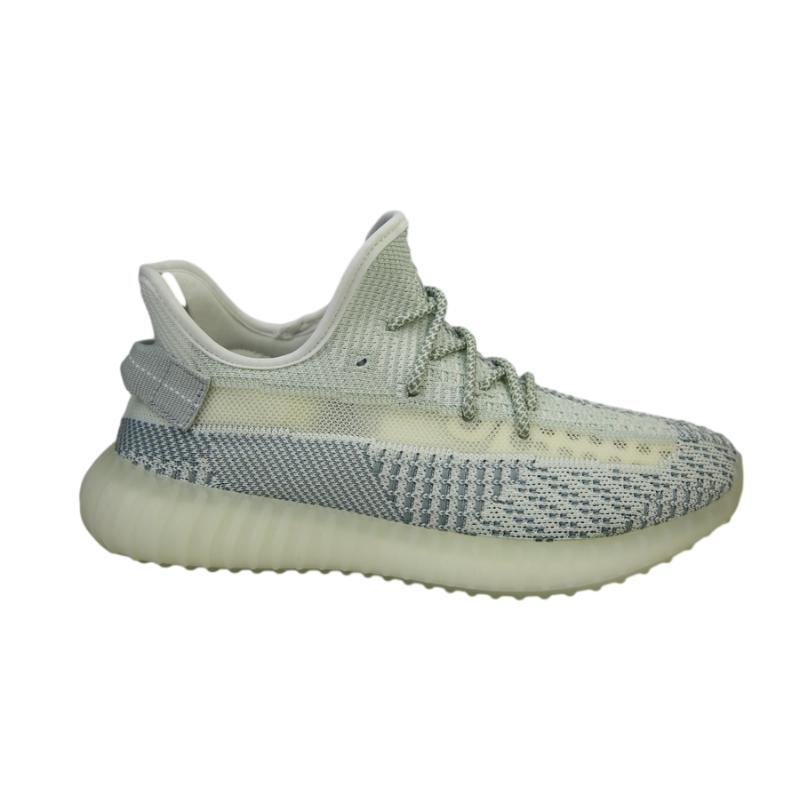Hunting, an age-old pursuit, demands more than just skill and patience—it requires the right gear to ensure comfort, safety, and stealth. Among the essential pieces of equipment for any hunter are their boots. When it comes to traversing rugged landscapes, particularly wet and challenging terrains, neoprene boots have emerged as a top choice. However, with a variety of options available, selecting the best neoprene boots for hunting can be a daunting task. This guide aims to simplify the process by outlining key factors to consider when making your decision.





